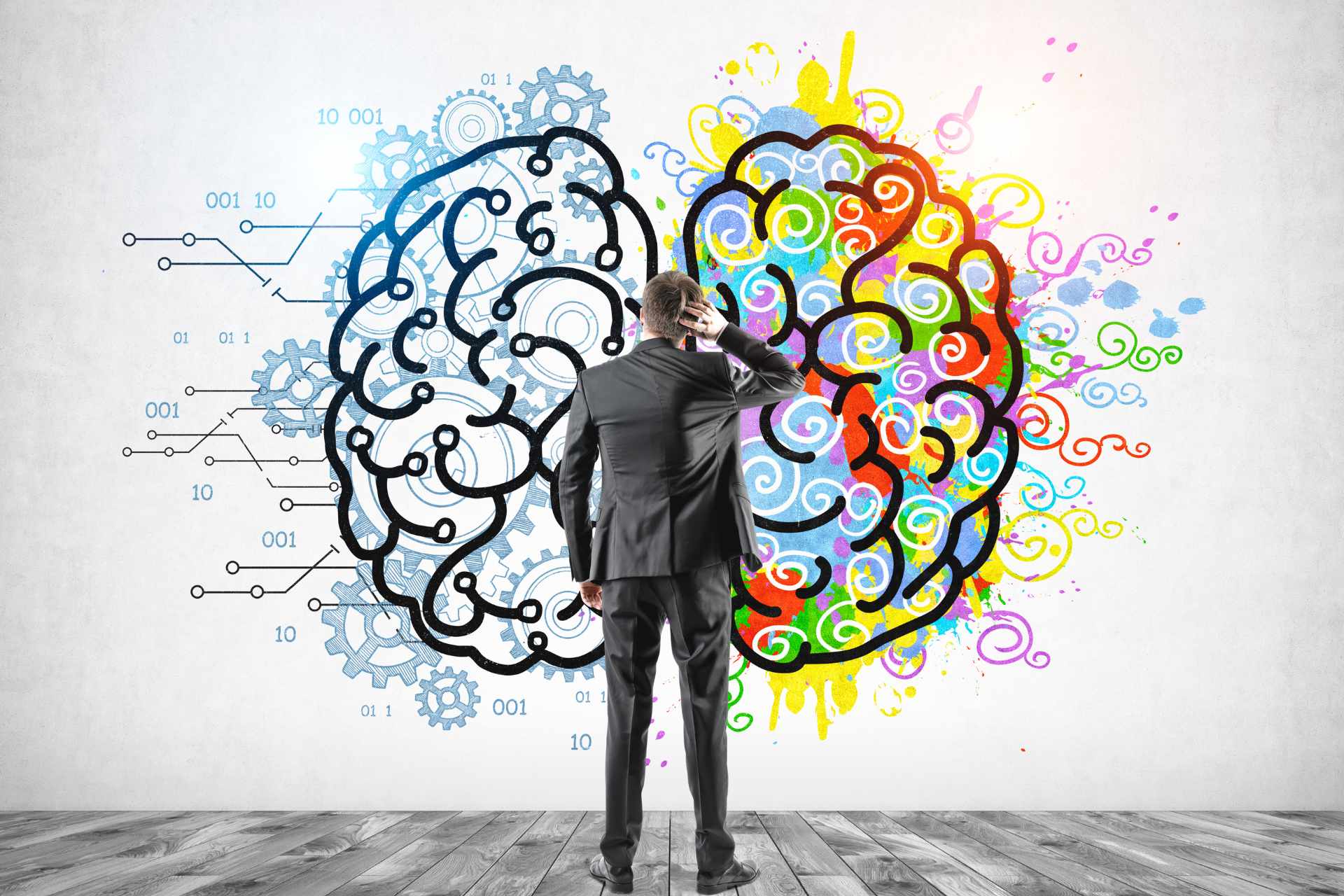The Difference Between the Left and Right Brain:
Exploring the Marvels of Human Cognition
In the vast realm of human cognition, the left and right brains play distinctive roles in shaping our thoughts, behaviors, and abilities. This article aims to delve into the intriguing differences between the left and right brains, shedding light on their functions, characteristics, and the impact they have on our daily lives. So, let's embark on this fascinating journey and unravel the mysteries of the human mind.
The Difference Between the Left and Right Brain: A Comparative Analysis
Left Brain: The Realm of Logic and Analytical Thinking
The left brain hemisphere is often associated with logical thinking, analytical skills, and language processing. It is responsible for tasks that involve critical analysis, reasoning, and problem-solving. When you engage in tasks such as mathematics, logic puzzles, or language comprehension, your left brain is actively at work, enabling you to process information in a systematic and structured manner.
The left brain is dominant in most individuals, especially when it comes to activities that require sequential thinking, such as reading, writing, and organizing information. It excels in breaking down complex ideas into smaller components, allowing us to grasp concepts step by step.
Right Brain: The Realm of Creativity and Intuition
Contrary to the left brain's analytical prowess, the right brain hemisphere is associated with creativity, intuition, and artistic abilities. It thrives in activities that involve imagination, visualization, and holistic thinking. When you engage in tasks such as painting, playing a musical instrument, or appreciating art, your right brain takes the center stage, allowing you to express yourself creatively and tap into your emotions.
The right brain is known for its holistic approach to processing information, perceiving the bigger picture rather than focusing on details. It enables us to recognize patterns, generate new ideas, and think outside the box. Moreover, the right brain plays a crucial role in recognizing emotions and nonverbal cues, facilitating social interactions and empathy.
Bridging the Gap: Brain Hemisphere Communication
While the left and right brain hemispheres possess distinct characteristics, it is essential to note that they do not function independently of each other. Instead, they work in tandem, interconnected through a thick bundle of nerve fibers called the corpus callosum. This bridge allows the two hemispheres to communicate and coordinate their activities, creating a harmonious balance between logic and creativity, analysis and intuition.
The communication between the left and right brain enables us to utilize both hemispheres' strengths and integrate various cognitive processes seamlessly. For instance, when solving a complex problem, the left brain may handle the logical analysis, while the right brain contributes with creative insights and novel perspectives. This synergy between the two hemispheres enriches our cognitive abilities and enhances our capacity to adapt to various situations.
FAQs About the Difference Between the Left and Right Brain
FAQ 1: Can the dominance of one hemisphere over the other change throughout a person's life?
Yes, the dominance of one hemisphere can change throughout a person's life. It is not fixed and can be influenced by various factors such as learning experiences, environmental stimuli, and individual preferences. For instance, individuals who actively engage in artistic pursuits may strengthen their right brain's abilities over time.
FAQ 2: Are left-handed individuals more right-brained?
While it is commonly believed that left-handed individuals are more right-brained, the relationship between handedness and brain dominance is more complex. While left-handedness may be associated with a higher likelihood of right hemisphere dominance, it is not an absolute determinant. The brain's organization is unique to each individual, and factors other than handedness also contribute to brain dominance.
FAQ 3: Can the left and right brain hemispheres compensate for each other's weaknesses?
Yes, the left and right brain hemispheres can compensate for each other's weaknesses. When one hemisphere faces challenges or deficits, the other hemisphere can often step in to support and compensate for those weaknesses. This interplay between the hemispheres highlights the brain's remarkable plasticity and its ability to adapt and overcome limitations.
FAQ 4: Is it possible to train and enhance the capabilities of both hemispheres?
Absolutely! While individuals may naturally exhibit preferences or strengths in one hemisphere, it is possible to train and enhance the capabilities of both hemispheres. Engaging in activities that stimulate logical thinking and problem-solving can sharpen the left brain, while practicing creative endeavors like painting or playing a musical instrument can strengthen the right brain.
FAQ 5: Do men and women differ in terms of brain hemisphere dominance?
While it was once believed that men were predominantly left-brained and women were predominantly right-brained, current research suggests that the differences in brain hemisphere dominance between genders are minimal. Both men and women possess unique combinations of left and right brain characteristics, with individual variations accounting for more significant differences than gender alone.
FAQ 6: Can brain injuries affect the dominance of one hemisphere?
Yes, brain injuries can potentially impact the dominance of one hemisphere. Depending on the location and severity of the injury, the brain's functions may be redistributed or impaired. In some cases, the unaffected hemisphere may compensate for the injured hemisphere's deficits, leading to changes in brain dominance.
Conclusion
The left and right brain hemispheres are integral components of the human mind, each contributing distinct abilities and strengths. While the left brain excels in logical thinking and analytical processing, the right brain thrives in creativity and holistic thinking.
The interplay between these two hemispheres allows us to navigate the complexities of life, combining critical analysis with imaginative insights.
Understanding the differences and connections between the left and right brain broadens our awareness of human cognition, emphasizing the marvels and intricacies of our cognitive capabilities.

























